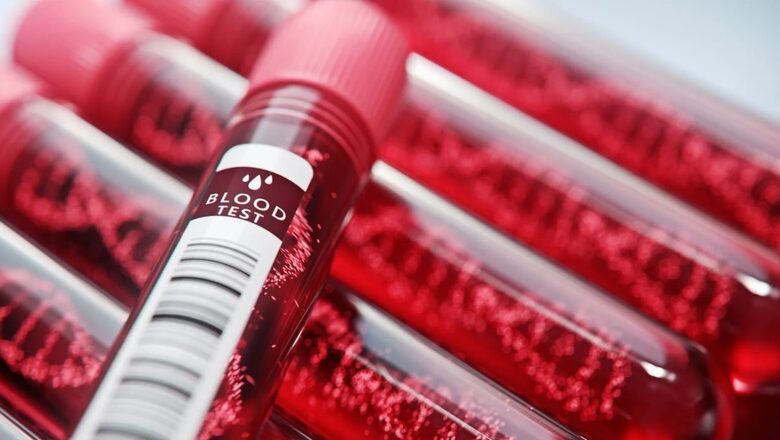
views
Access to safe blood and blood components is a basic health right of all patients. Because blood transfusion is the most common intervention in hospitalised patients, its safety and quality are of utmost importance and need active monitoring using laboratory modalities at all levels. The aim of diagnostics in transfusion medicine is not only to supply safe and quality blood and blood products to patients but also to ensure donor safety at the same time.
Safe Blood as we all emphasize should be safe immunohematologically with cross-matched blood antigens and secondly, it should be safeguarded against any microbiological disease transfer. Safety from the donor’s point of view should ensure minimum Haemoglobin requirements, iron health, and blood sugar levels. Besides this blood group and infectious disease screening are taken into consideration.
Although “zero risk” seems to be a distant goal in transfusion medicine, however, specialists strive to achieve this by introducing new and sustainable tests continuously as new technologies continue to emerge.
Haemagglutination is the classical and time-tested method for blood group antigen detection. However, with the recent advances kicking in, reference centers aim to shift to DNA-based arrays for predicting blood group phenotypes. The extensive studies that have decoded the genes for 29 of 30 blood group systems have made this possible. Such transfusion practices will largely minimize the risk from unwanted immune responses faced currently, especially with patients who require chronic blood transfusion
Besides this, the PCR-based assays also help to identify fetus at risk for hemolytic disease of the fetus and newborn (HDFN). These tests are also helpful in predicting the antigen profile of a blood donor when the antibody reacts weakly or is not readily available and can easily be used for mass screening of donors.
Considerable development has occurred in the last century in transfusion medicine. Blood donor screening began in the 1940s. Before 1985, only two infectious disease screening assays were performed on donated blood. Many additional assays have subsequently been introduced into routine blood screening taking into consideration the endemic profiles. The classic transfusion-transmitted infections (TTI) diseases screening includes hepatitis B virus [HBV], HIV, human T-cell lymphotropic virus types I and II, hepatitis C virus [HCV], syphilis, and malaria.
As per a WHO report released in 2016, the proportion of donations tested positive/reactive for TTI markers in India were 0.2% for HIV1 and 2, 1% for HBV, 0.4% for HCV, 0.2% for Syphilis, and 0.1% for Malaria. The usage of nucleic acid–amplification technology (NAT) screening for HIV, HCV, and HBV has markedly helped to reduce the residual risk of infectious-window-period donations, and overall reduction in the rate of TTI worldwide. However, cost constraints still need consideration in many nations.
Also, NAT screening is the preferred option for detection of newer TTIs including West Nile virus, Zika virus (ZIKV), and Babesia microti. Many countries also screen for emerging infectious diseases like Creutzfeldt Jakob disease, Dengue Chikungunya, and Chagas disease depending on endemicity. CMV testing is also recommended sometimes considering specific recipient groups.
To combat the wastage of blood post-collection recent progress has been made in development and implementation of pathogen-reduction technologies, which provide a proactive approach to blood safety. These technologies kill the pathogens selectively without affecting the efficacy of the transfused cells. Since 2005, pathogen-reduced platelets have been used in many European and international settings. Many other technologies for same are undergoing clinical trials but are not yet commercially available.
As we move forward, many commercial companies are working hard to find substitutes for red blood cells –to move towards Artificial blood. These synthetic cellular blood components show promise. However, it will take years to launch them for clinical use – as we move towards bloodless medicine.
Because blood transfusion is a life-saving procedure, its safety and quality must be maintained at the highest level using the ever-advancing diagnostic tests.

















Comments
0 comment